AI Copilots and AI Agents: Myths, Expectations, and Realities

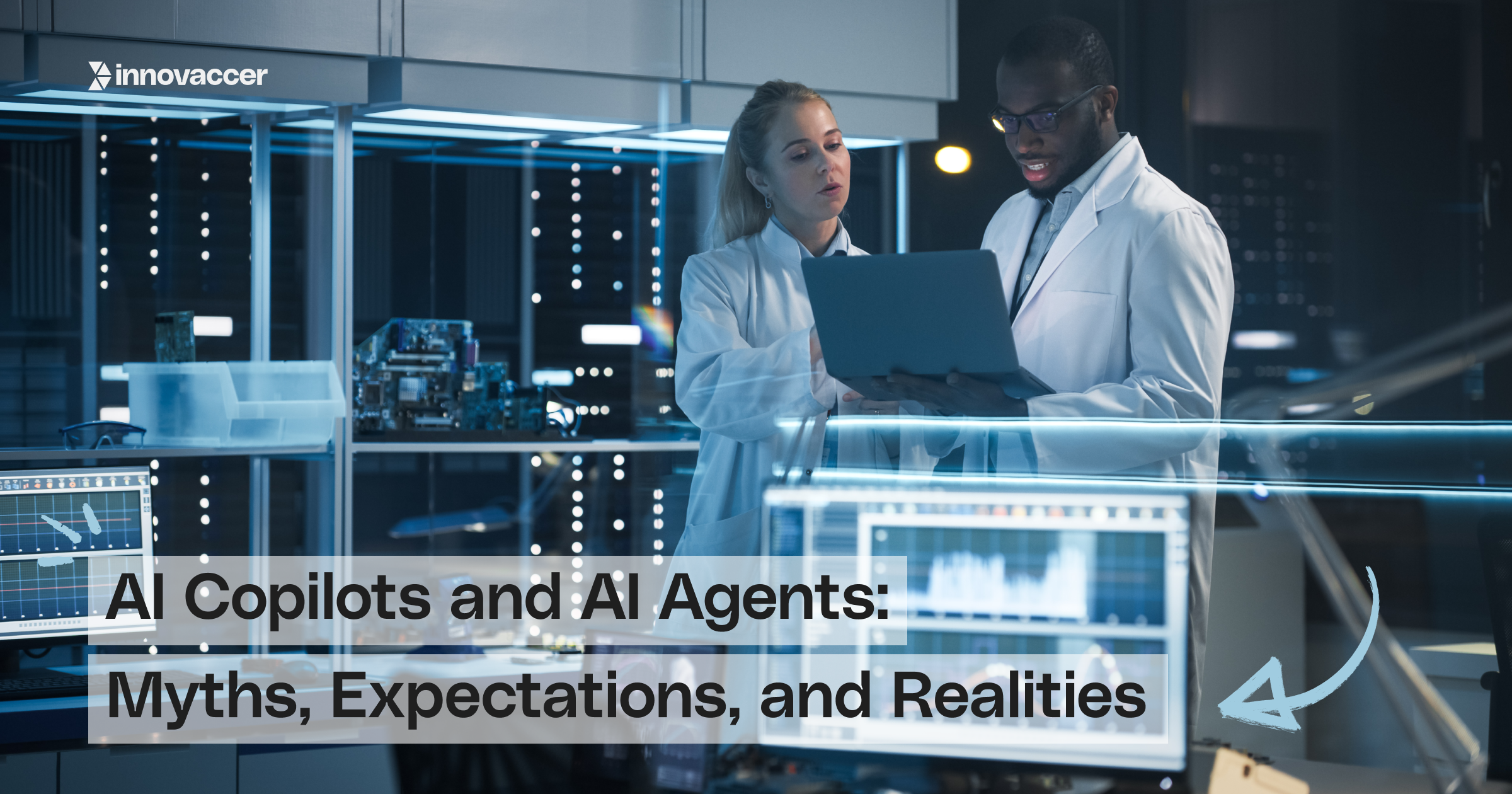
Healthcare professionals recognize significant potential in AI to address their organization’s operational challenges. According to Innovaccer’s State of AI report, 87% of respondents who have not used AI express interest in doing so to reduce clinician burnout. However, the conversation around its implementation often fluctuates between fears of workforce displacement and the potential of these enhanced capabilities. AI technologies address these challenges and present promising solutions for organizations.
AI Agents and AI Copilots possess immense potential in reducing healthcare burden by handling the complexity of multiple systems and providing a unified experience to the healthcare professionals, helping them focus on what truly matters. Our recent webinar with Sri Bharadwaj (Chief Operating and Information Officer at Longevity Health Plan) and Dave Cassel (Senior Vice President of Interoperability) discusses the common myths and expectations of AI Agents and Copilots, and how decision makers evaluating these options must filter through marketing promises to understand what these technologies realistically deliver.
Let’s dive deeper into these myths, expectations, and realities.
Understanding the Differences Between AI Copilots and Agents
AI Copilots function as digital assistants that work in partnership with healthcare professionals. They assist in cases when a doctor asks for a patient’s summary before an appointment. They are the primary way users will interact with AI, responding to requests, suggesting actions, and providing information while leaving humans firmly in the decision-making role.
AI Agents, on the other hand, are designed to complete specific tasks independently and execute defined workflows from start to finish. This is similar to dedicating one agent to one specialization, like referral management, where the agent manages referral requests, verifies insurance eligibility, schedules appointments, and sends confirmations, all without requiring constant supervision.
Also Read: How AI Agents & Copilots Are Scaling Healthcare Capacity
Myths That Need Debunking
Although both Agents and Copilots have huge potential for transforming an organization's processes to enhance care delivery, a prerequisite for adopting these technologies is addressing certain myths associated with these advanced systems. Here are some of the myths that healthcare professionals should focus on:
Myth 1: These Technologies Will Make Healthcare Jobs Obsolete
Reality: These technologies aren’t designed to replace healthcare professionals. Copilots aim at elevating human capabilities by managing information overload, with Agents managing repetitive and time-consuming processes. The prime objective of Agents and Copilots is to redirect human talent towards tasks requiring the elements of healthcare that cannot be automated, i.e., empathy, judgement, and creativity.
Myth 2: The Technology Isn’t Ready for Real-world Healthcare
Reality: Although they haven’t reached their full potential, these technologies have matured significantly. Healthcare organizations are already implementing targeted solutions that deliver tangible results. To ensure optimum utilization of the technology, organizations need to select the right use-cases where the technology’s capabilities align with the organization’s specific needs.
Myth 3: You Need Either Copilots or Agents
Reality: The most effective approach to incorporating both technologies into your healthcare organization will require a combination of both Agents and Copilots. Organizations need to identify the focus areas where they need Agents and Copilots, to implement solutions tailored for specific operational challenges.
Expectations vs Ground Truth
After addressing these myths, the organizations need to understand the reality of implementation for both Agents and Copilots and align their expectations accordingly. Here are the expectations that organizations have from these technologies:
1. Implementation Of These Technologies Will Be Quick and Painless
Organizations should understand that any adoption process requires careful planning, change management, and ongoing optimization. Most successful organizations have a thorough implementation checklist focusing on limited pilot programs, clear governance guidelines, and a comprehensive expansion plan based on the lessons learned from initial deployments.
2. AI Systems Will Handle Everything Without Supervision
A certain level of human oversight and exception management is essential for every system, irrespective of the level of advancement it entails. Healthcare professionals can ensure a smooth operation of the new technologies by enabling a continuous improvement process, clear escalation protocols, and regular performance reviews. Humans will always be an essential component in guiding the continuous improvement of modern solutions.
3. Healthcare Professionals Will Resist AI Adoption
The technologies often receive enthusiastic adoption when they are introduced as tools that reduce burdensome workload, rather than as replacements for human judgment. Adequate transparency on the benefits of the advanced technologies will increase the users’ likelihood of accepting the technologies in their operations. The key is involving them in the implementation process and demonstrating tangible results in their daily workflows.
Real-World Impact
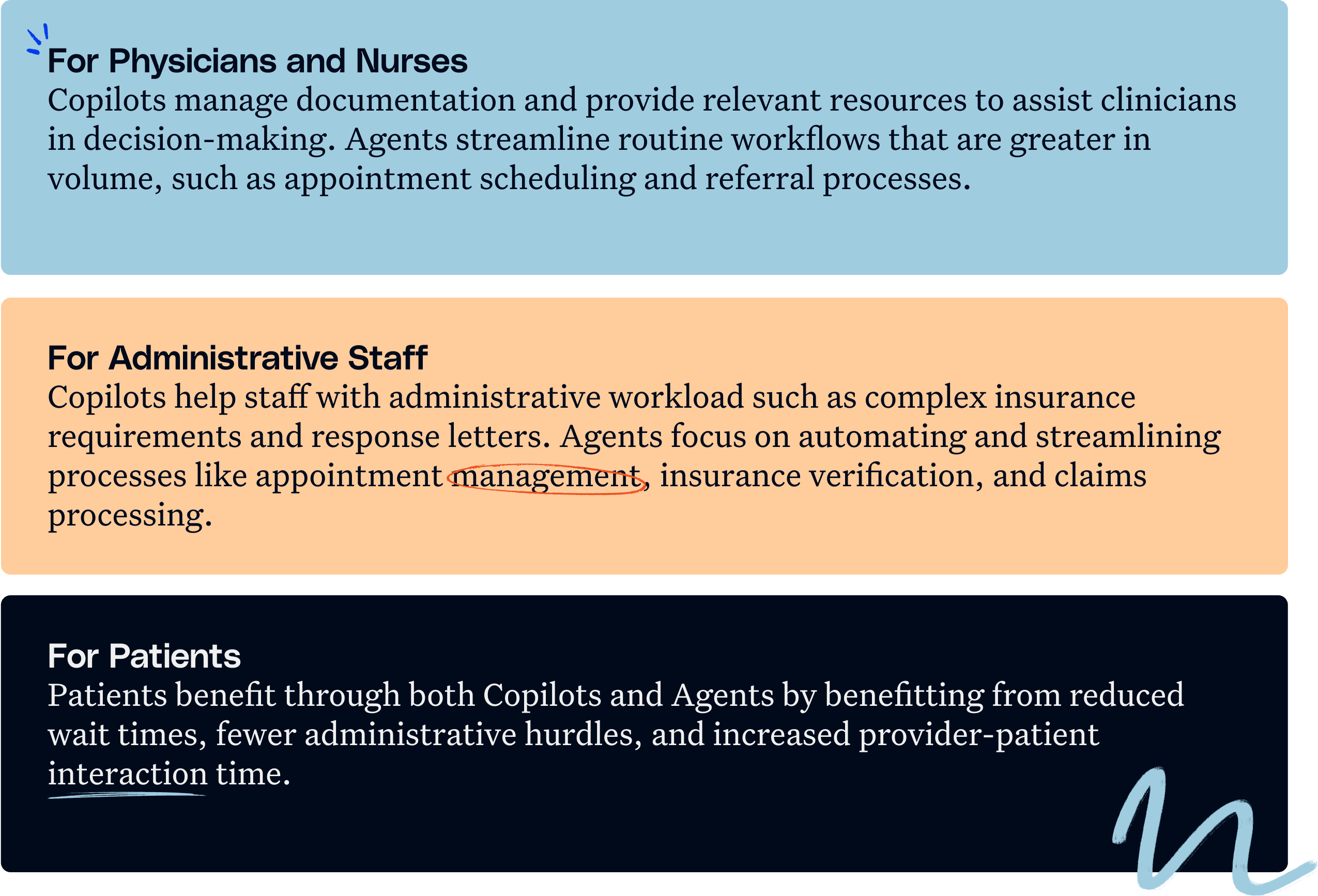
The Path Forward
In essence, AI agents and copilots collaborate to change healthcare operations. Copilots assist clinicians in real-time while delivering care, while routine high-volume processes are executed behind the scenes by agents. It keeps clinicians interacting with patients rather than computers and less engaged on forms, delivering seamless workflows, enhanced efficiency, and improved performance everywhere.
A pragmatic approach to AI copilots and agents, acknowledging both the transformative potential and the practical limitations of these technologies, can easily enable successful implementation. Organizations need to start strategically by:
- Identifying significant pain points where AI assistance could make a meaningful difference.
- Fostering transparent communication about the capabilities, limitations, and the role of human oversight.
- Creating effective feedback mechanisms for staff to report issues and suggest improvements about the technology.
- Evaluating success through meaningful metrics tied to workflow efficiency, staff satisfaction, and patient experience.
Both solutions combine technology with human expertise to address healthcare’s operational inefficiencies while empowering human elements to provide optimum care quality. Know more about how Innovaccer’s Agents of Care™ help healthcare teams stay efficient without adding complexity to existing systems. Book a demo today!

.png)




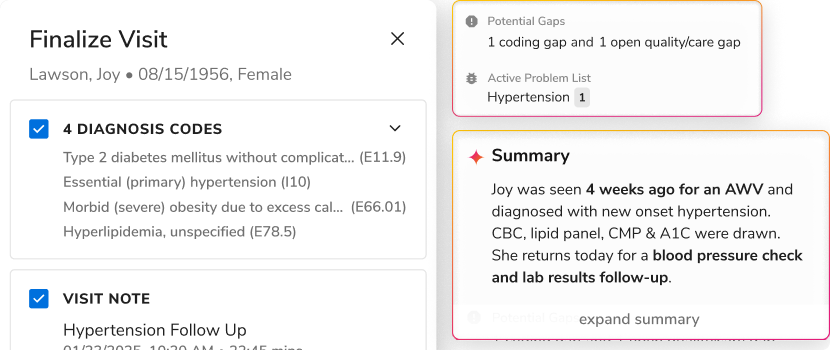
.png)

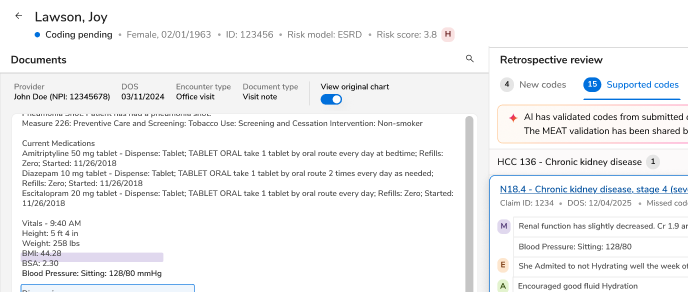
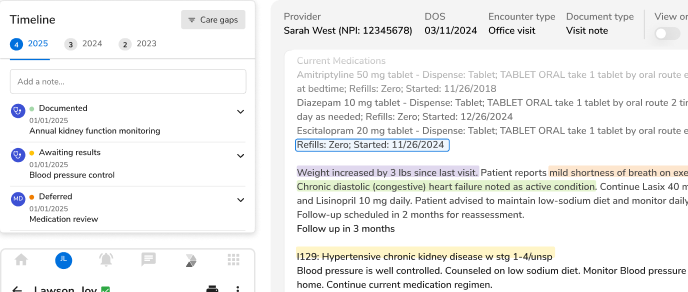
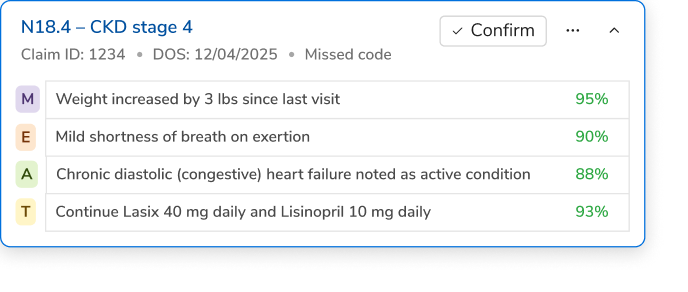





.svg)
.svg)

.svg)

